South Pasadena-born Joel McCrea might be best known for his portrayal of Buffalo Bill in the 1944 film of the same name, and perhaps he's gone down in history as one of the most handsome and under-appreciated Western stars out there.
He'd been a leading man since 1930 (in The Silver Horde)—but his first Western film wasn't until 1937, when he starred in Wells Fargo with his wife, Frances Dee.
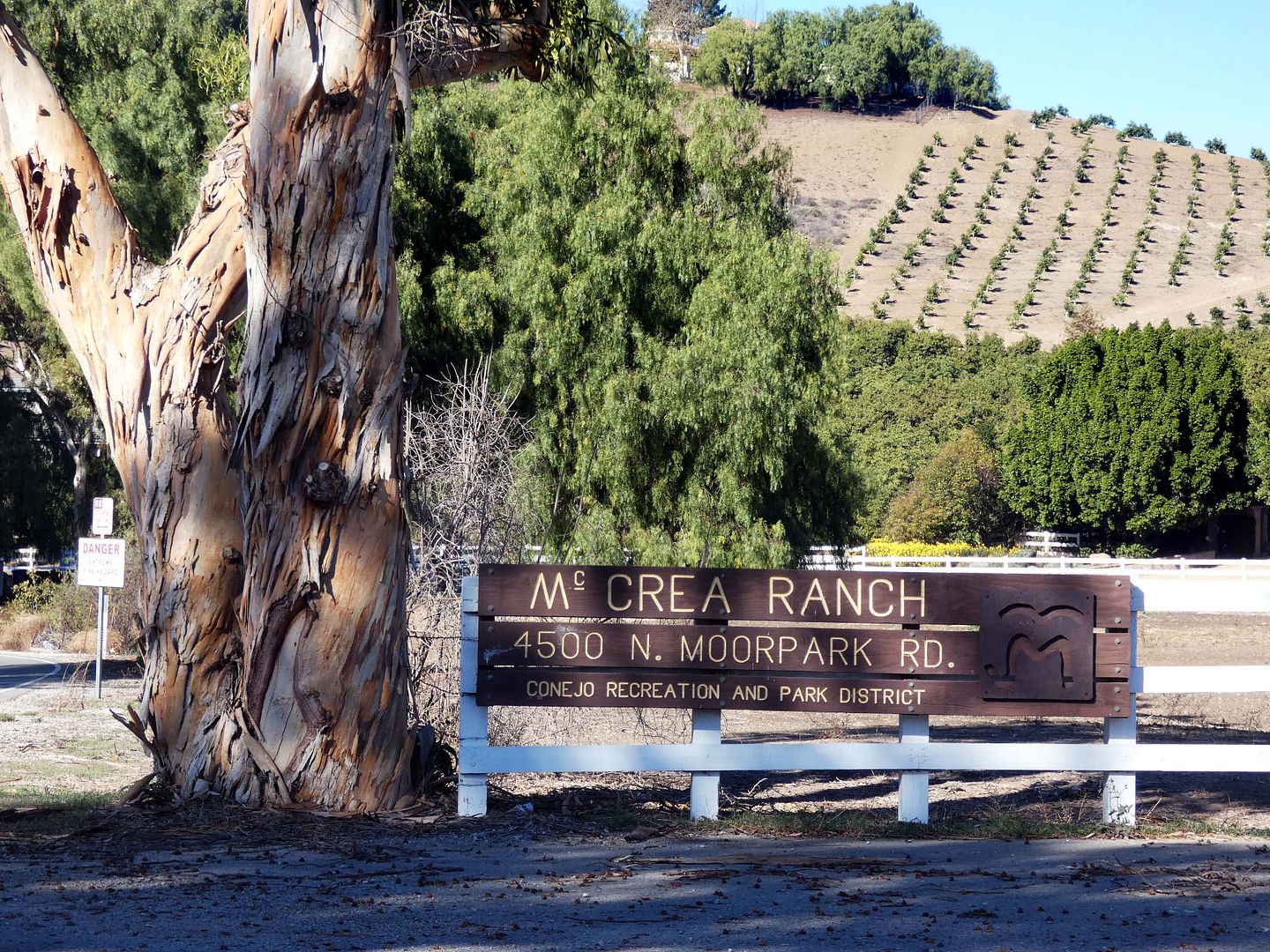
They'd gotten married in 1933—and that same year, at age 28 McCrea became a real-life cowboy with the purchase of Belgian immigrant August Dumortier's former ranch, which had first been settled in the mid- to late-19th century in the far southeast corner of the former Rancho Simi.
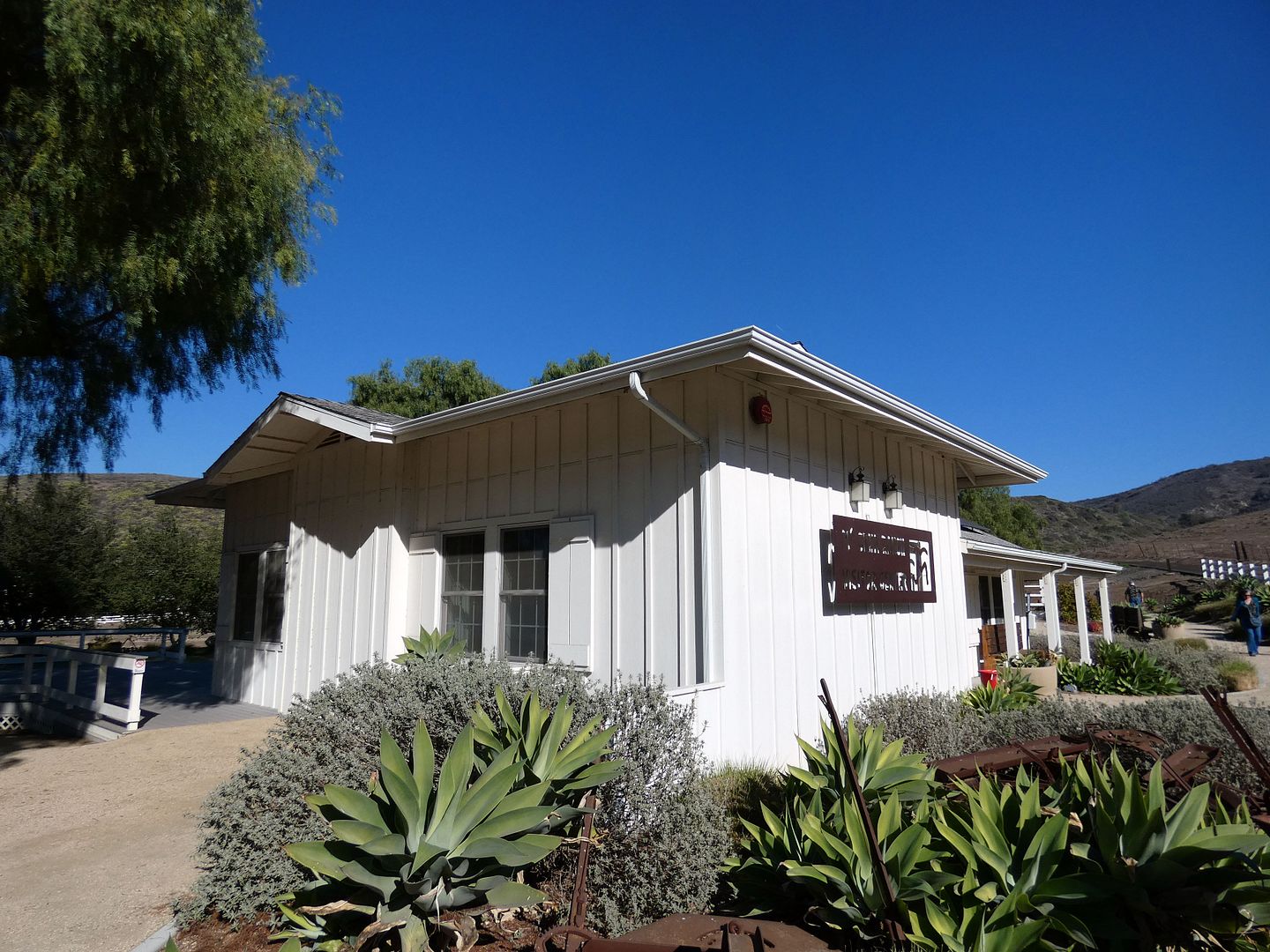
Today, the 220-acre McCrea Ranch is open as a public park in present-day Thousand Oaks, California. It's owned and operated by the Conejo Recreation and Park District, thanks to a donation of the ranch and family home in 1995 (five years after Joel's death), which took effect in 2004 upon Frances Dee's death.
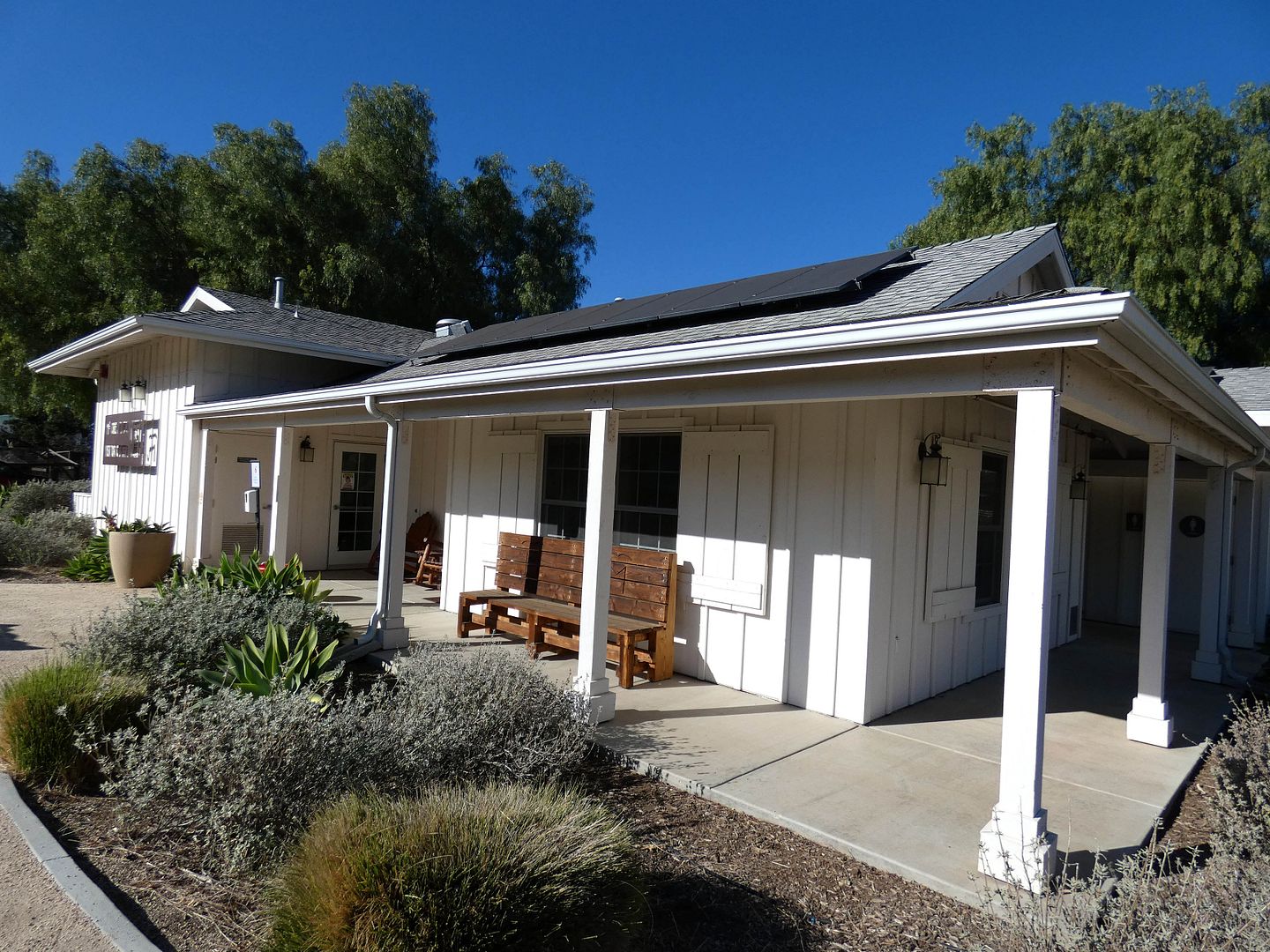
A visitors center was completed in 2011.
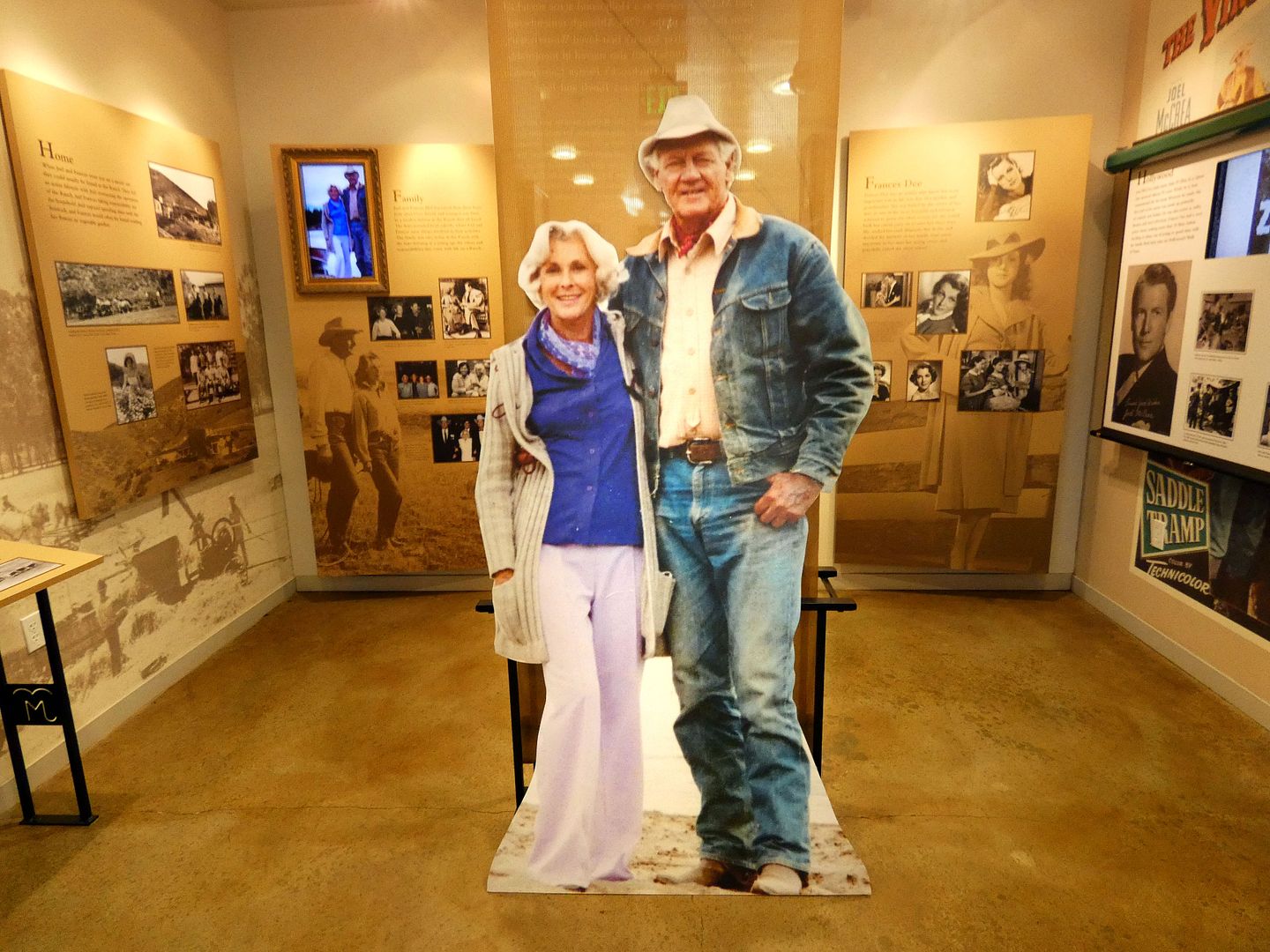
Inside, it tells the story of the star couple's movie career and ranch life and how they raised their three sons—Joel Dee ("Jody"), David, and Peter—on the ranch.

The oldest structure on the property—and perhaps the oldest in all of the Conejo Valley—is the "Bunk House," the cottage that had served as Dumortier's main residence. Durmortier had purchased ~850 acres from Simi Land and Water Company as part of their subdivision and built this house and a barn (which doesn't exist anymore and very likely burned down.)
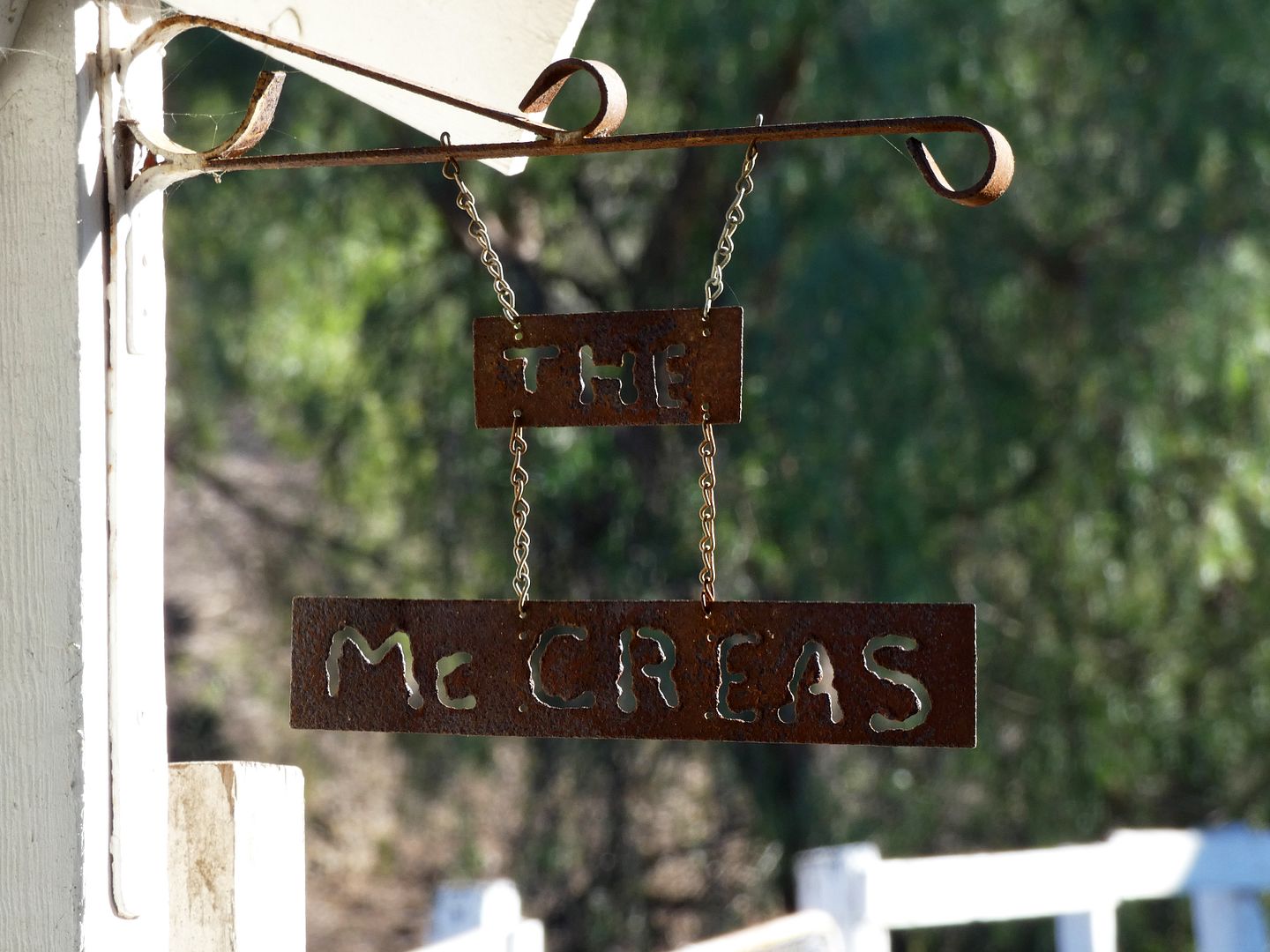
Built in 1890 (with additions of a south wing and porch made in 1937), it was Joel's favorite structure on the entire ranch.

Maybe that's why Frances Dee moved in after Joel died in 1990.
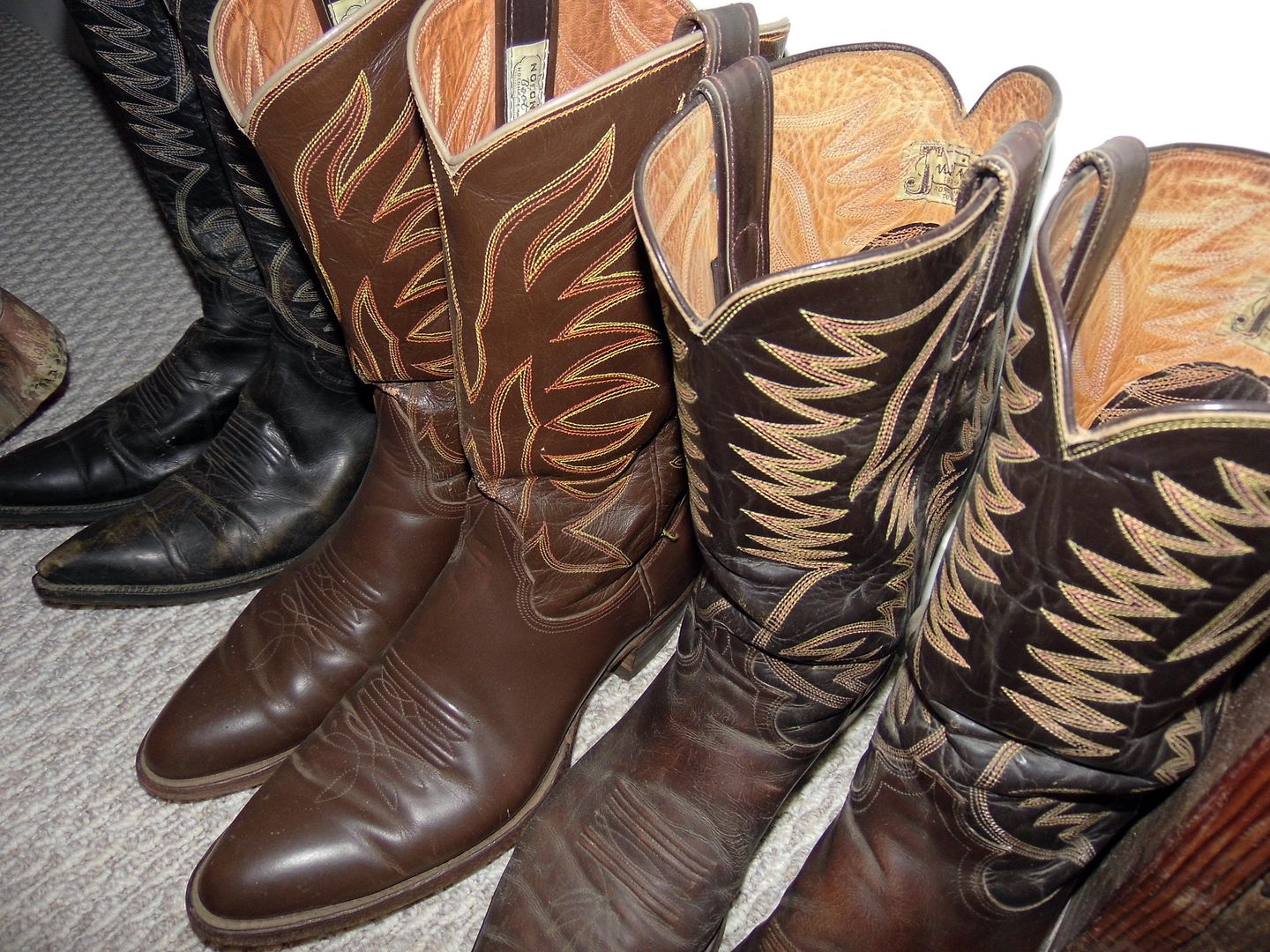 circa 2019
circa 2019Today, the tiny cottage is like a mini museum of Hollywood cowboy life, from boots...
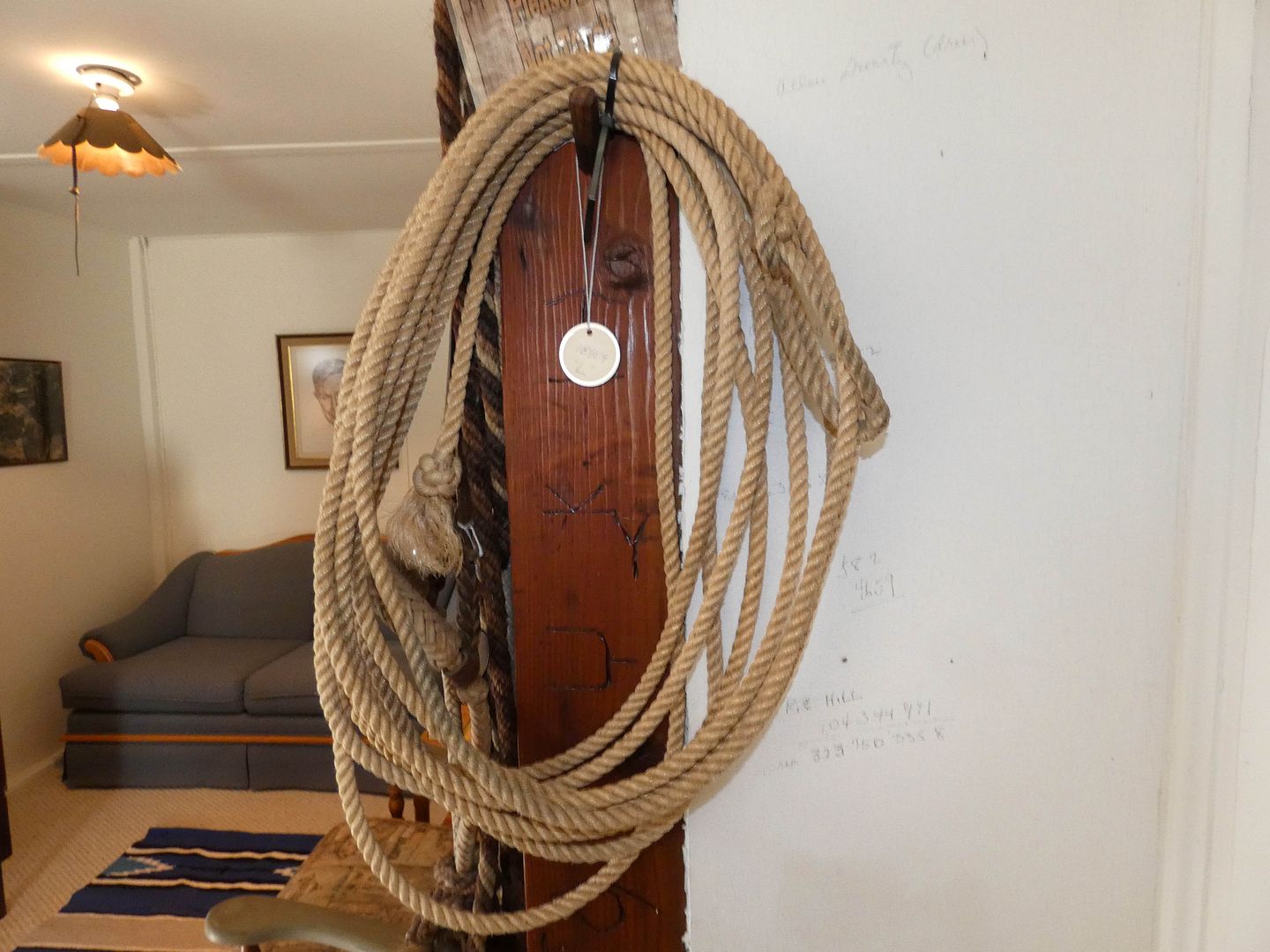
...and ropes...

...to portraits of celebrity friends...
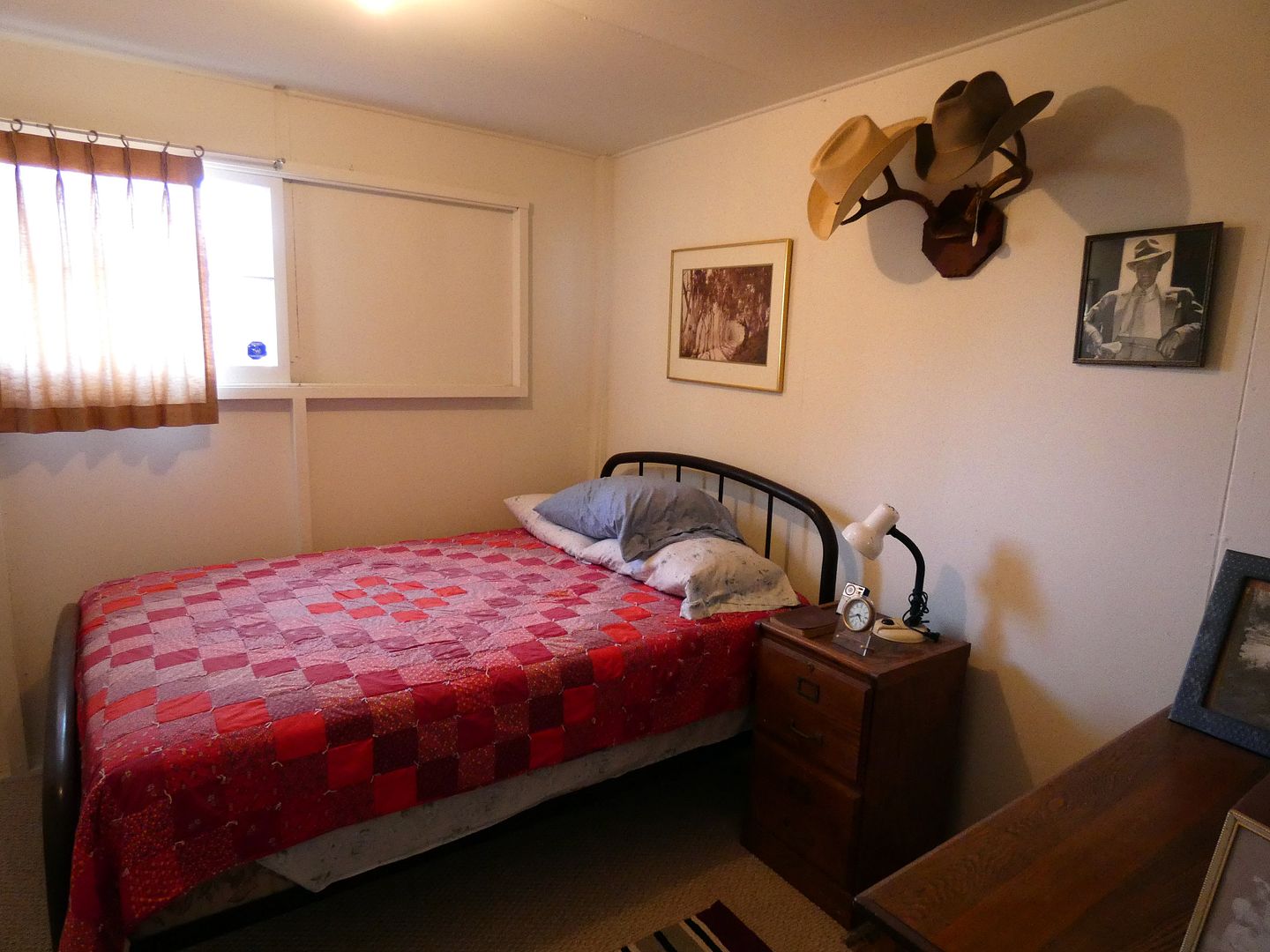
...and cowboy hats hung on antler hooks.
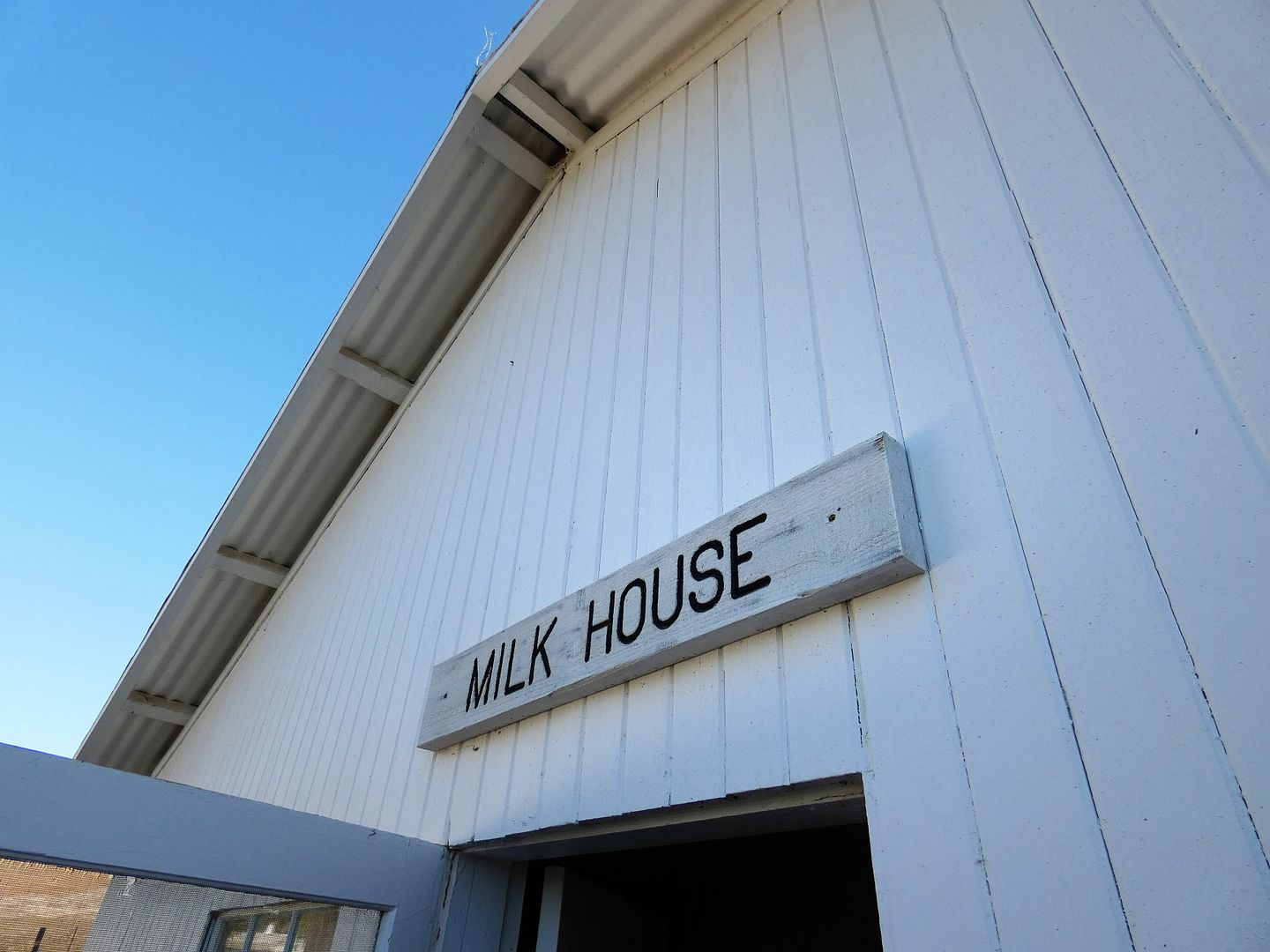
Behind the Bunk House is the Milk House...
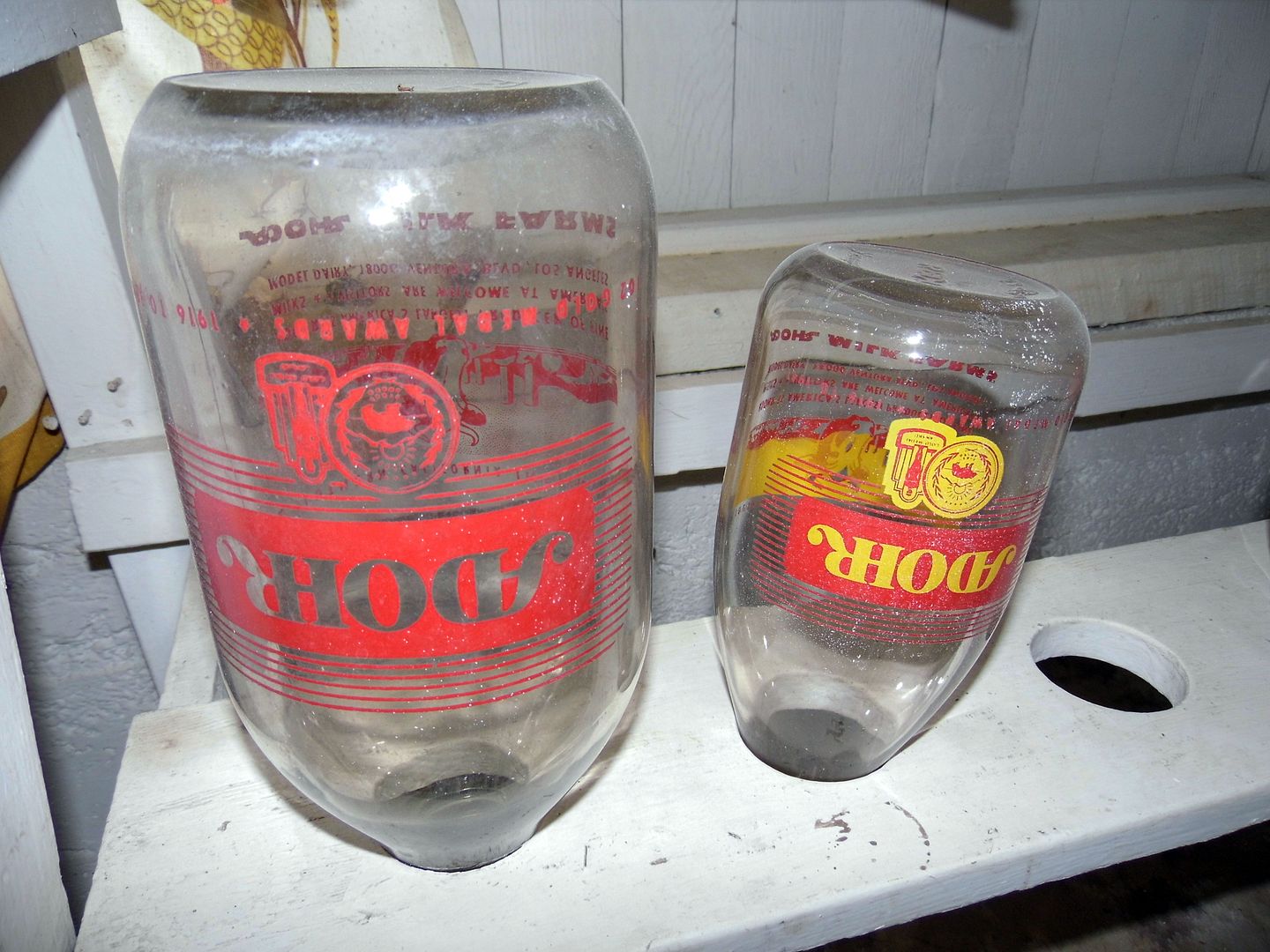
circa 2019
...with antique bottle storage in the clean-up room...

circa 2019
...as well as a vintage cream separator and other equipment used in a typical dairy operation.
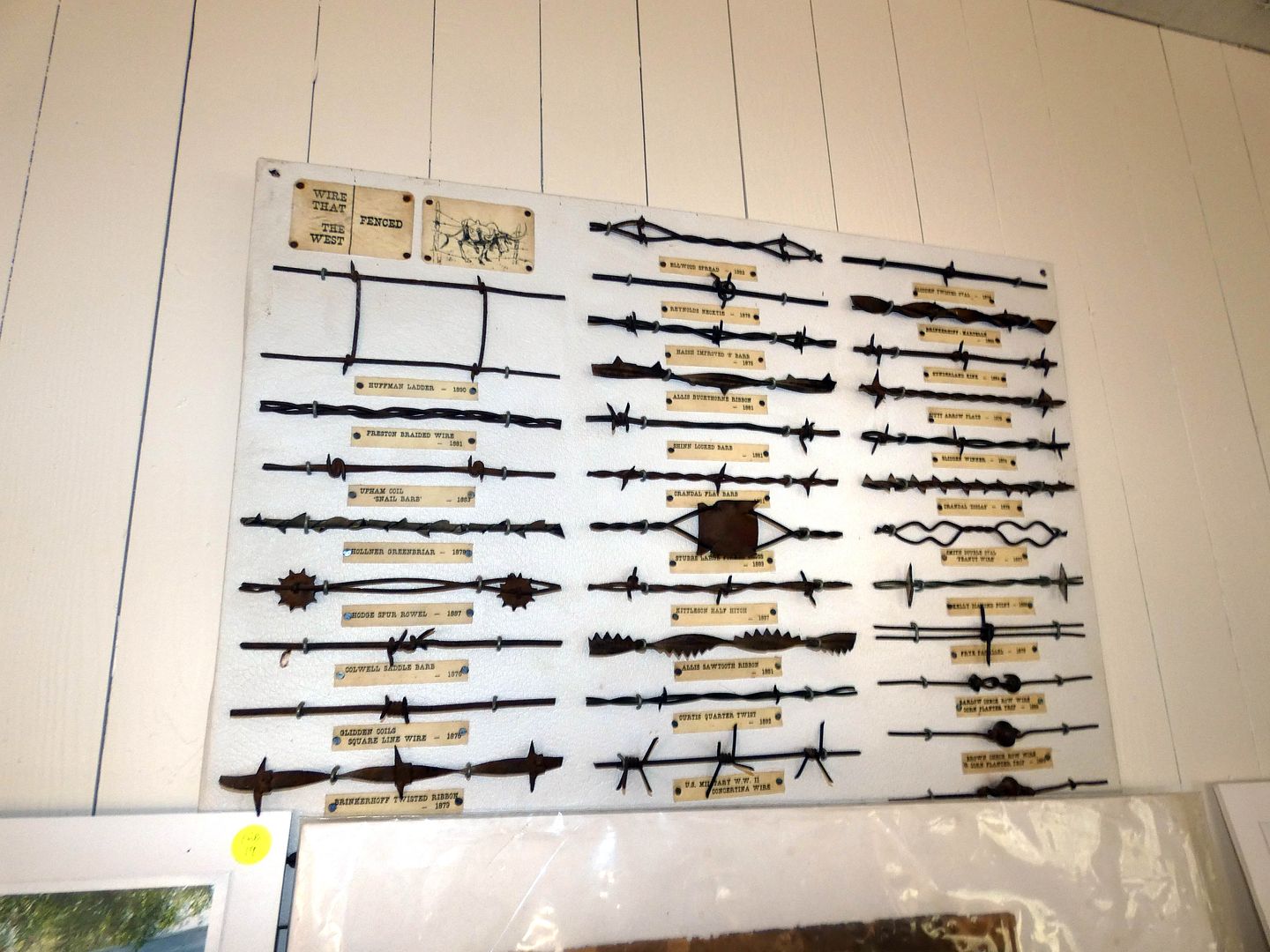
Beef cattle were the main focus of the McCrea Ranch, but some dairy cows were milked in the Milk House's milking center...
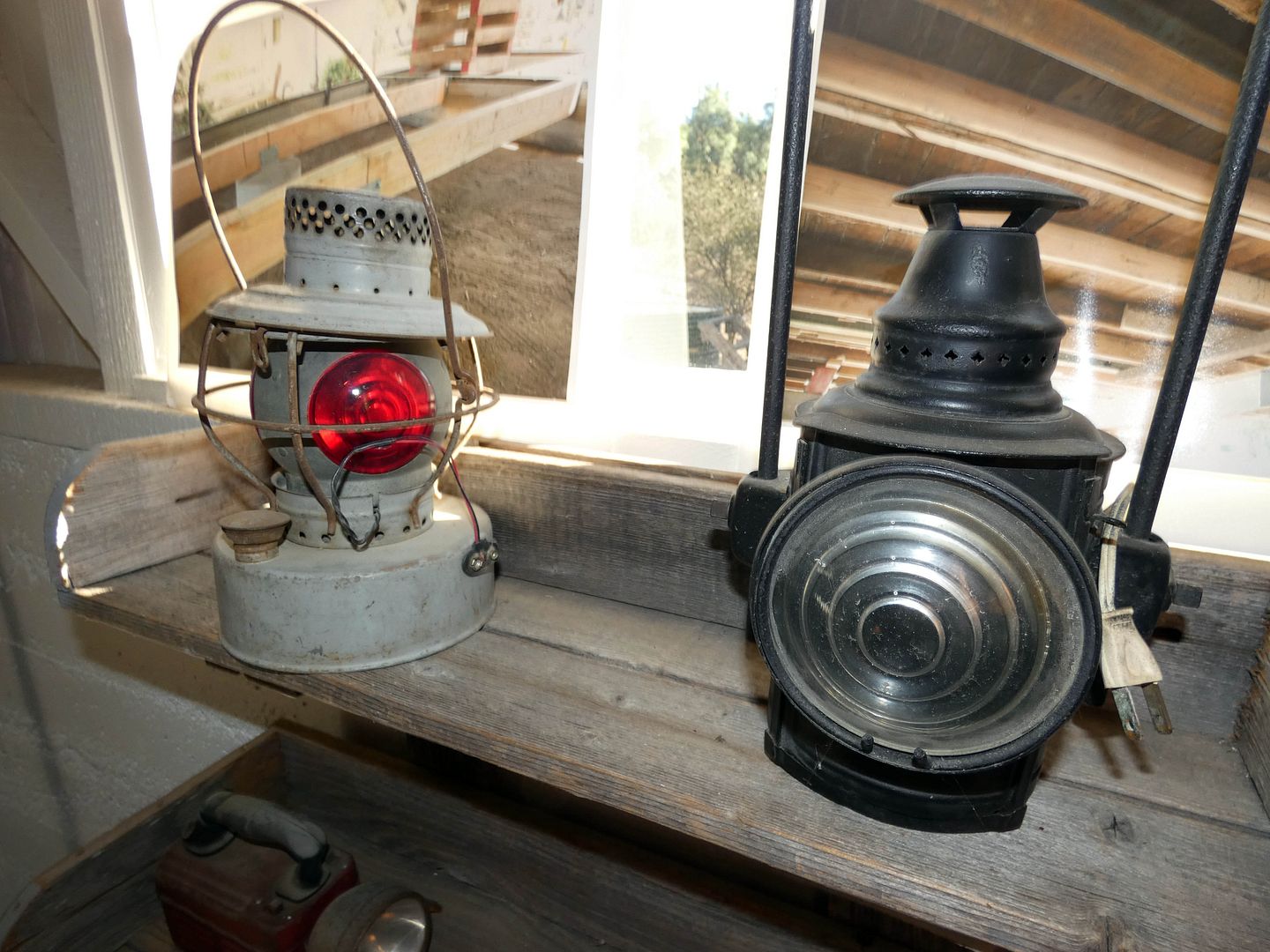
...and fresh butter would be churned by Frances Dee, the kids, or the foreman's wife.

The foreman and his wife lived in their own house on the lower ranch...
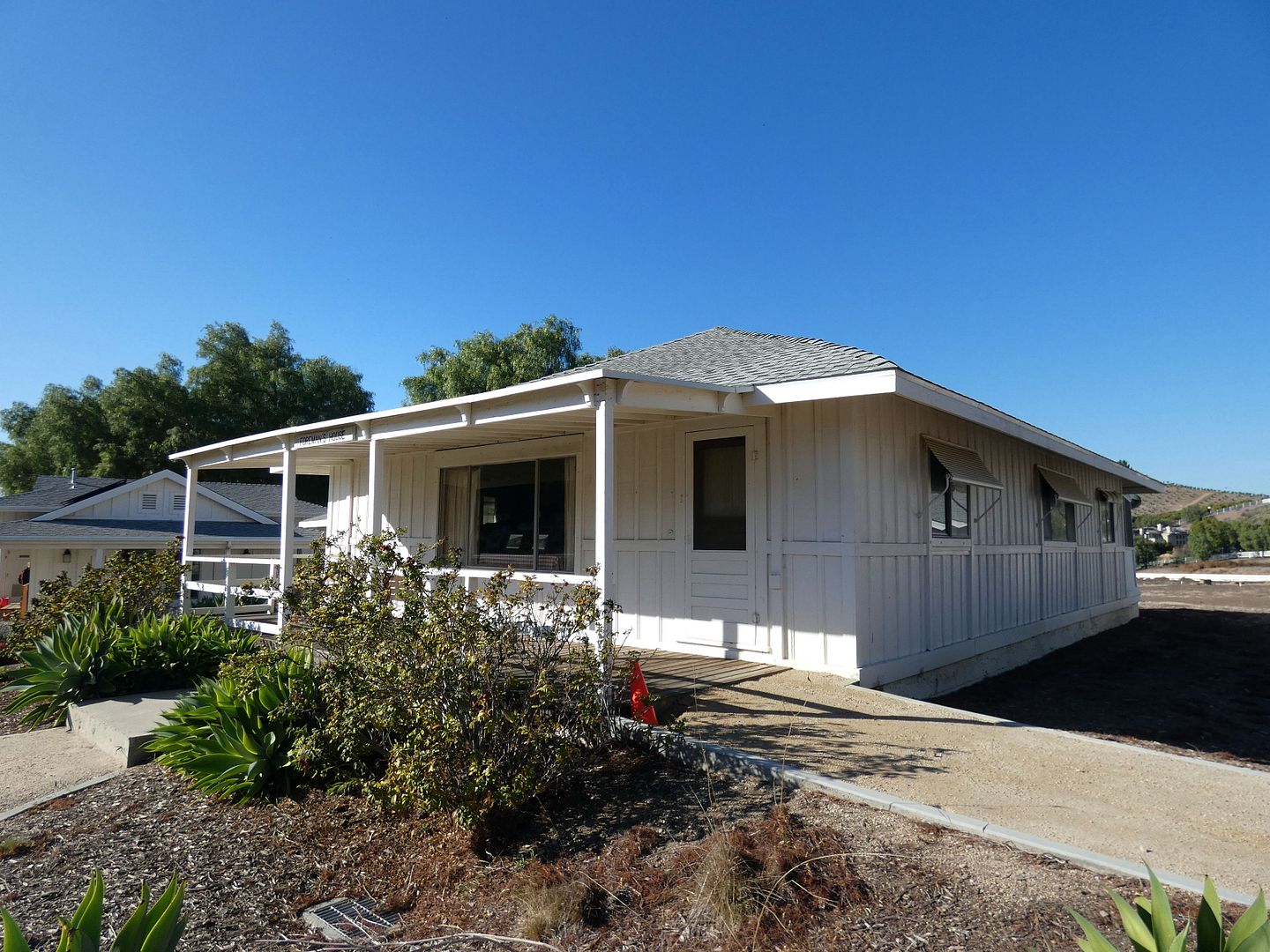
...and while the Foreman's House interior isn't open to the public (at least it hasn't been on my two visits in 2019 and 2021), you can peer into the windows to see how it's furnished and to examine some historic photos.
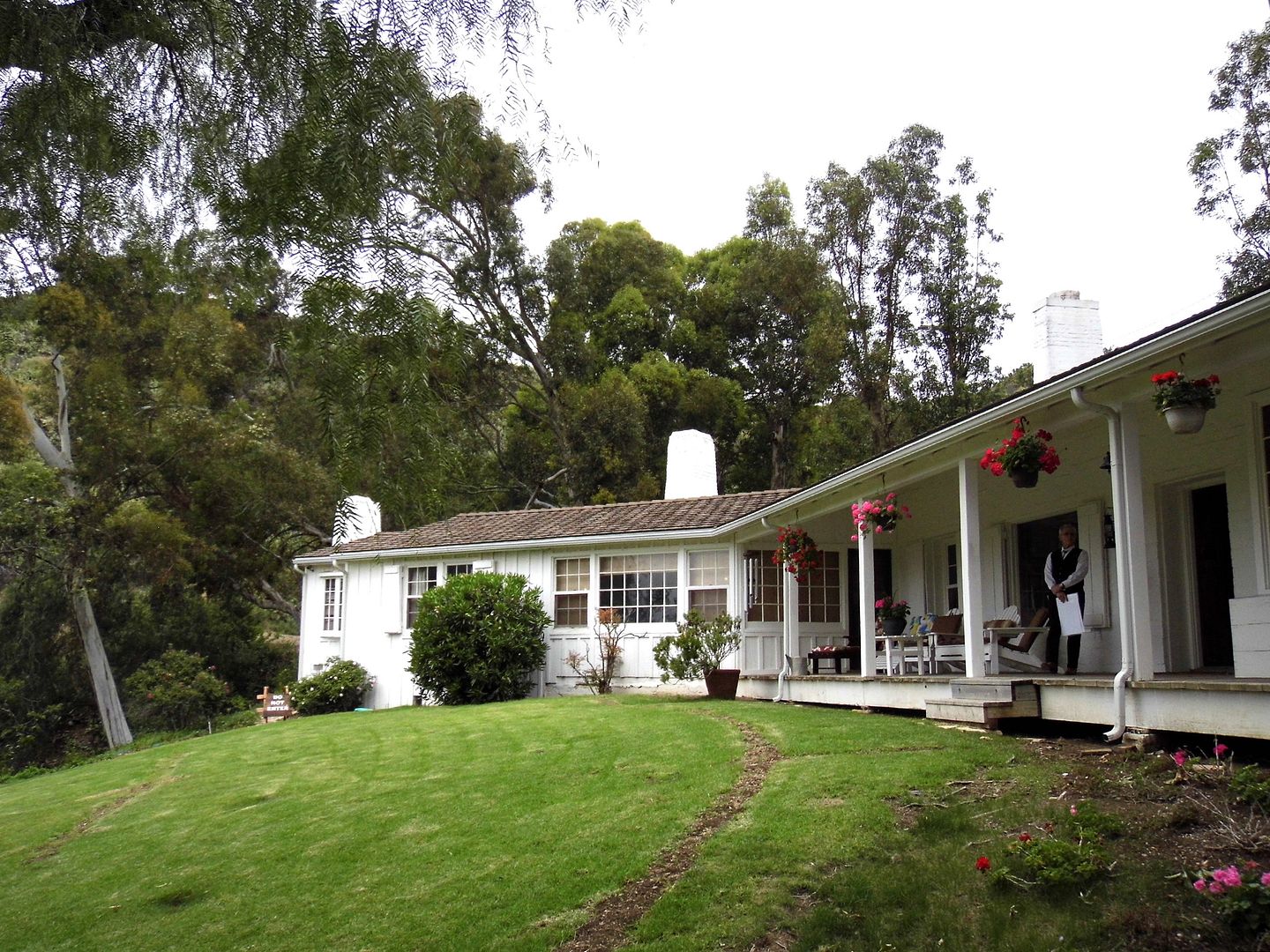 circa 2019
circa 2019In 1933, a California Ranch-style home designed by architect John Byers was built into the hillside on the upper ranch.
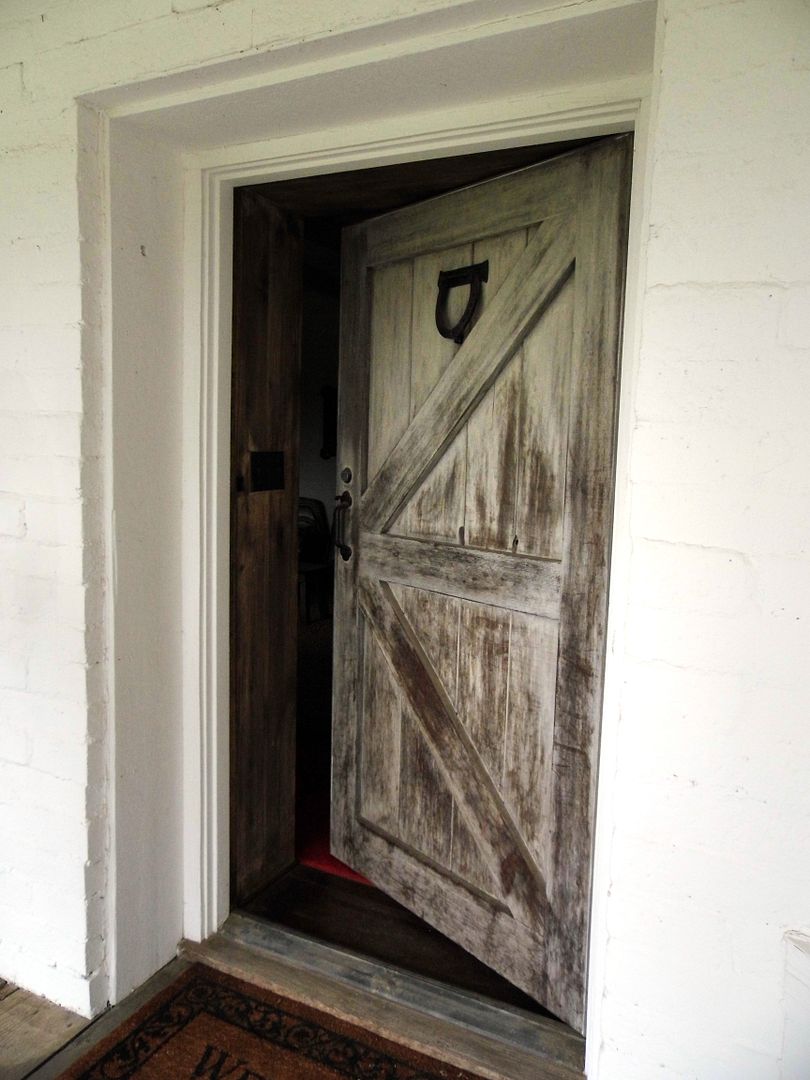
circa 2019
As the National Register of Historic Places nomination form states, "Interior features in the living room include wood paneling, wide plank flooring, open beamed ceilings and built-in window seats and bookshelves."
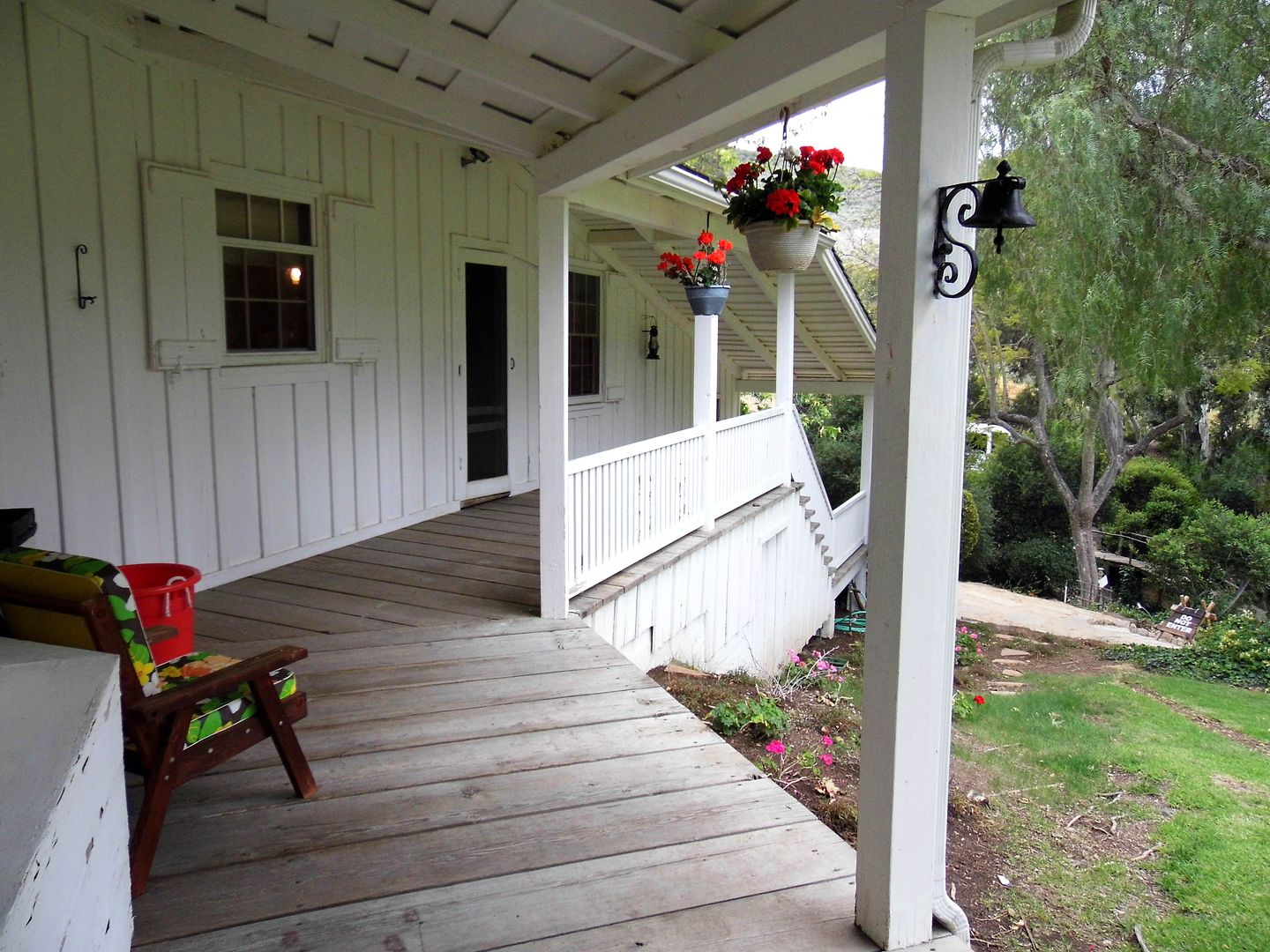
circa 2019
It's only open once a year—in May, during the McCrea Ranch Cowboy Cookout, a fundraiser for the Joel and Frances McCrea Ranch Foundation.
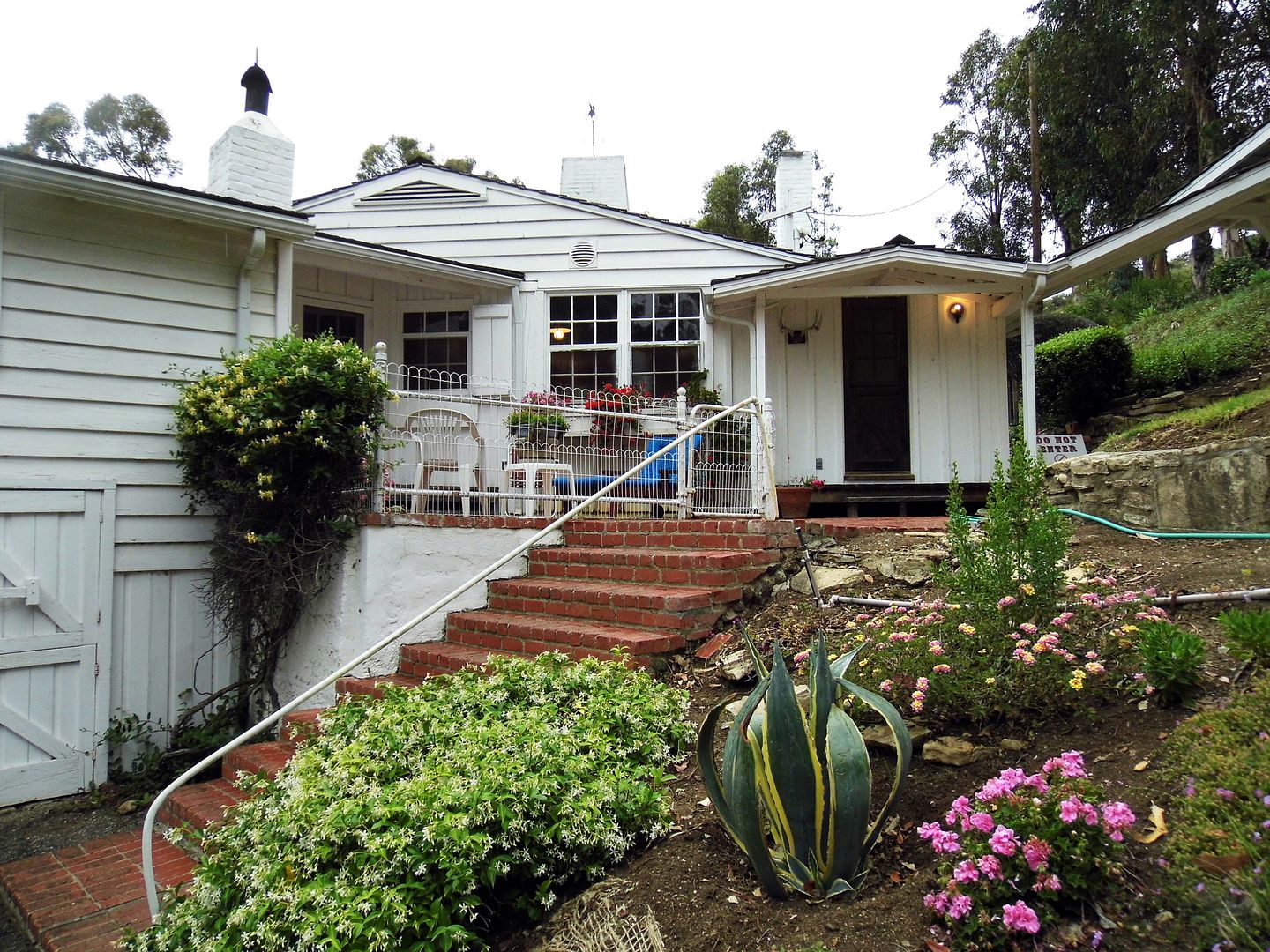
circa 2019
Unfortunately, no photos are allowed inside. (Which is why you need to go take a tour yourself, if you can!)
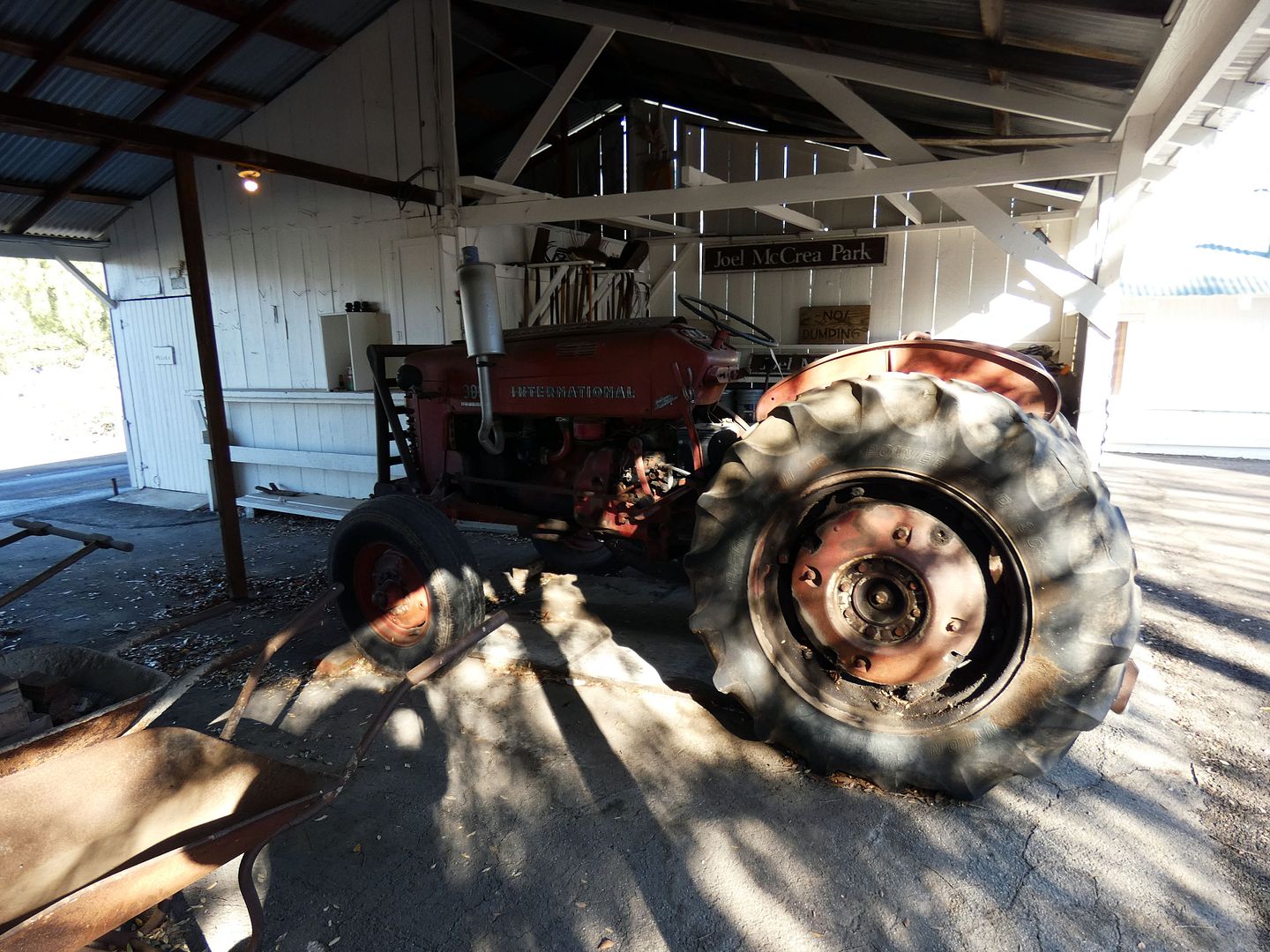
Back down on the lower ranch, between the visitor's center and the Bunk House, there's the circa 1937 shop, where motorized and non-motorized ranch equipment would be stored and maintained. (Horses and wagons dominated the labor force until a tractor was purchased in the 1950s.)
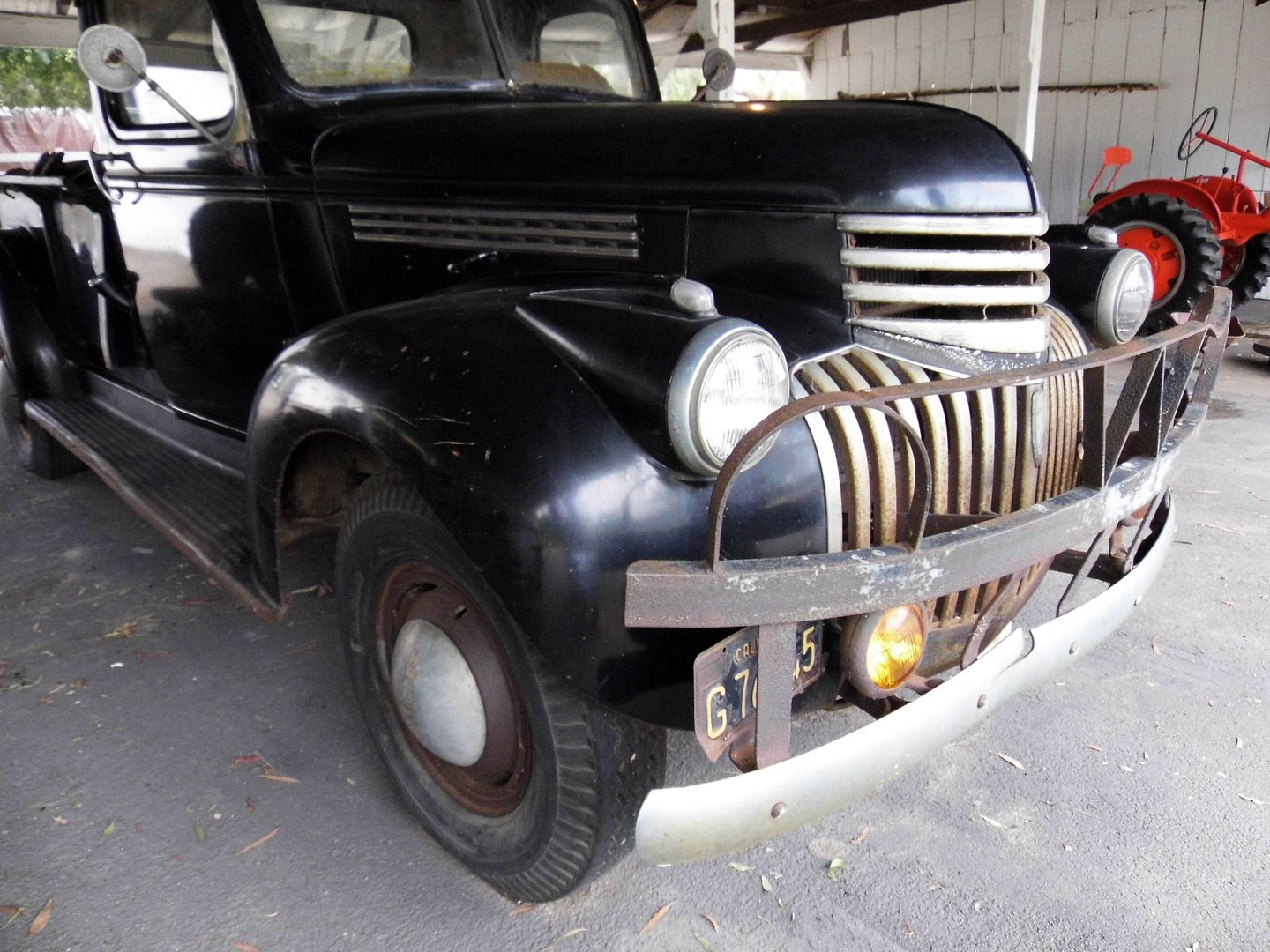
circa 2019
Its contents may have changed over the years, but the shop itself—with its corrugated metal siding and square posts—is virtually unaltered.
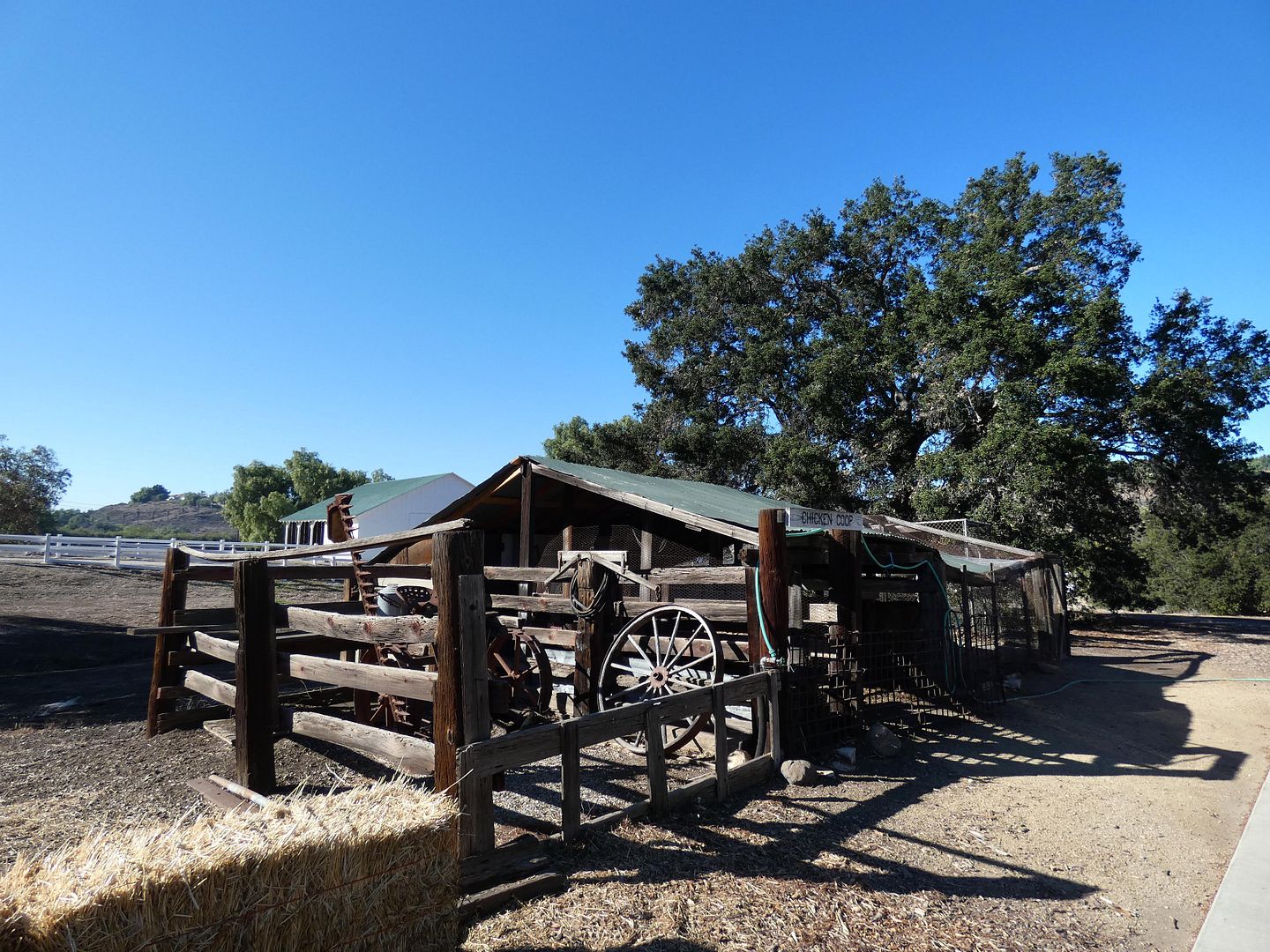
The chicken coop no longer houses any chickens—and the other structure known as the "chicken coop," behind the Milk House, no longer houses any of the grandkids (who converted a big steel drum into a swimming pool).

By now, the grandkids are all grown up—but eldest grandchild Wyatt McCrea, whose father was the middle son, David—still keeps his horses on the ranch.

Wyatt even appears at ranch special events and open houses—and, lucky for me, is happy to pose for selfies.
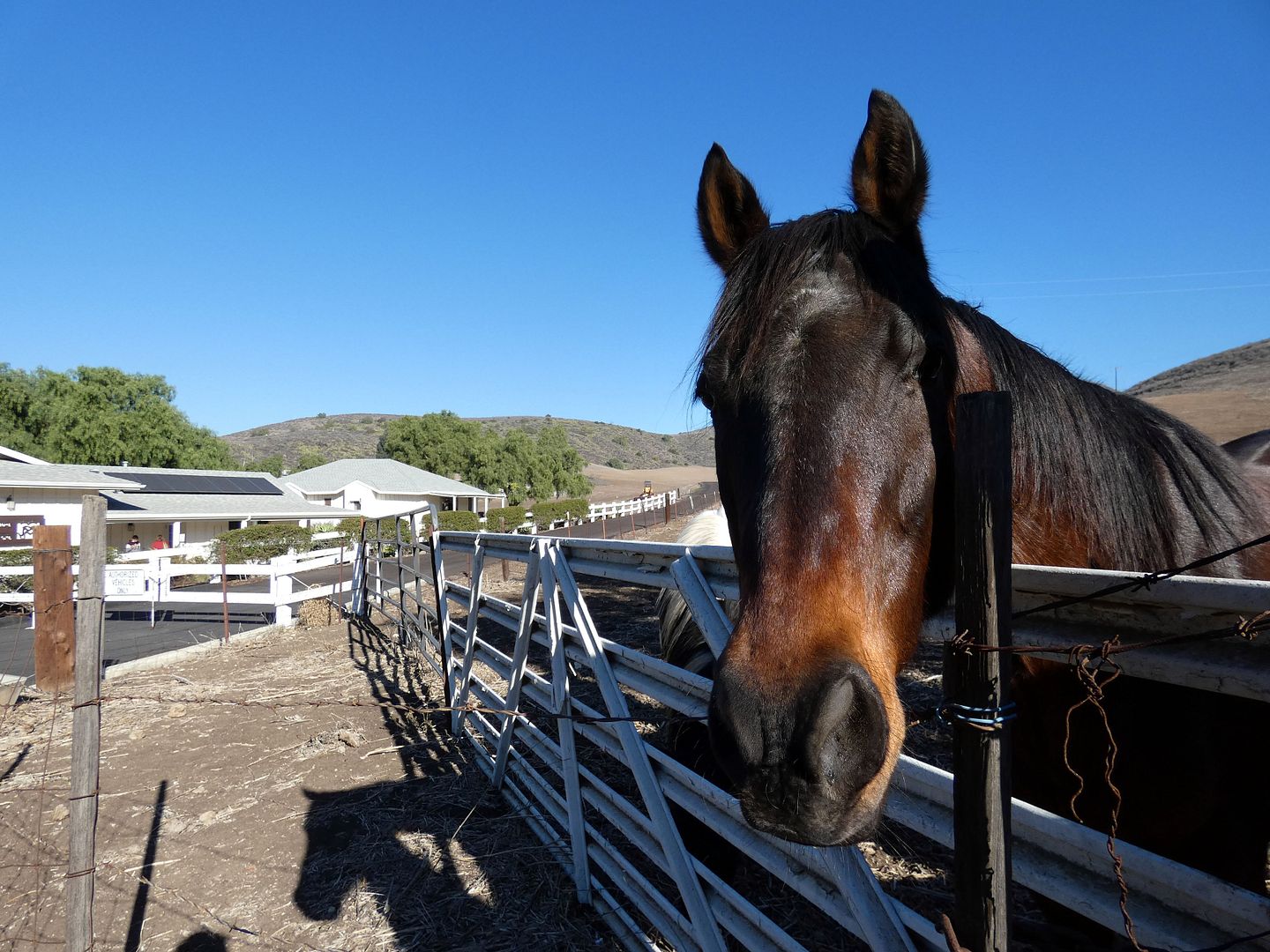
Joel McCrea has been quoted as saying that it was the following words of wisdom from his friend and mentor Will Rogers that helped convince him to become a rancher: "'You need to get out of this town regularly to get perspective on it, and there's no better spot than the back of a horse, herdin' cows."
Not to mention Rogers's advice that if acting didn't work out, it'd be good to have something to fall back on.
Later, McCrea joked that he kept acting so he could afford to ranch.
According to his obituary, he "invariably listed his occupation as 'rancher' and his hobby as 'acting.'"
Considering the fact that his pioneer ancestors had deep ties to the frontier—from his stagecoach-driving grandfather on his father's side to his 49er gold prospector grandfather on his mother's side—seems like he wasn't just born to play a cowboy.
Joel McCrea was born to live the cowboy life.
Related Posts:

No comments:
Post a Comment